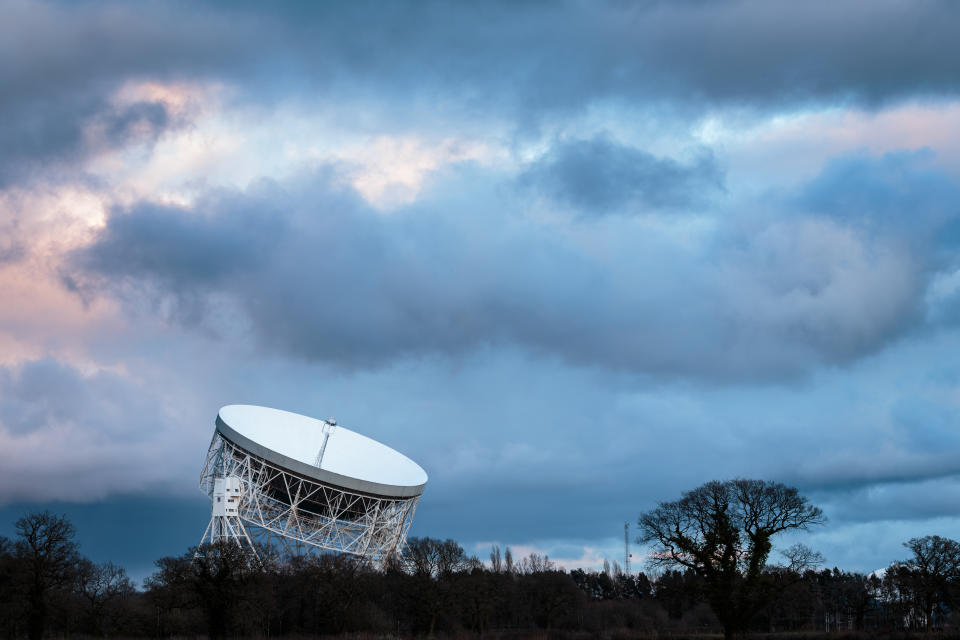Mysterious radio burst from space repeats at time astronomers predicted

Astronomers have welcomed back a mysterious radio burst from space, which repeats in a regular pattern lasting more than 100 days.
Researchers at Jodrell Bank Observatory in Macclesfield spotted the radio burst (FRB 121102), which repeated in a pattern lasting 90 days, followed by a silent period of 67 days.
This month, other telescopes have detected new bursts from the same location – and they’re on schedule, Science Alert reported.
Astronomers have urged observatories to monitor the location to see if it follows its predicted pattern, which would mean the bursts cease later this month or in early September.
Fast radio bursts are bright pulses of radio emission just milliseconds in duration, but incredibly energetic, detected by telescopes on Earth.
Theories of what causes the bursts range from highly-magnetised neutron stars blasted by a nearby supermassive black hole to signatures of technology developed by advanced civilisations.
Read more: Astronomers close in on source of mysterious radio bursts from space
Another team from the Max Planck Institute for Radio Astronomy in Bonn, Germany, detected bursts between 2017 and June 2020, and predicted a "pattern" lasting 161 days, according to research uploaded to the pre-print server arXiv.
Researchers led by Pei Wang of China’s National Astronomy Observatory monitored the location of FRB 121102 between March and July.
On 17 August, the team detected 12 bursts from the location.
Wang and his team wrote: “With this putative period, the projected turn-off date is around August 31st - September 9th, 2020.
“Alternatively, if the source is continuously on after the projected turning-off time, it suggests that the putative period of the source is not real or has evolution. We encourage more follow-up monitoring efforts from other radio observatories.”
Earlier this year, researchers at Jodrell Bank analysed the ‘Fast Radio Burst’, or FRB, and found a cyclic pattern lasting 157 days.
Analysing 32 bursts, researchers noticed bursts observed in a window lasting approximately 90 days followed by a silent period of 67 days.
Read more: What are fast radio bursts, and why do they look like aliens?
The presence of a repeating pattern could imply that the powerful bursts are linked to the orbital motion of a massive star, a neutron star or a black hole.
Dr Kaustubh Rajwade, of University of Manchester, who led the July research, said: "This is an exciting result as it is only the second system where we believe we see this modulation in burst activity.
“Detecting a periodicity provides an important constraint on the origin of the bursts and the activity cycles could argue against a precessing neutron star."
Read more: Telescope detects 100 mysterious radio signals from billions of light years away
The existence of FRBs was only discovered in 2007 and they were initially thought to be one-off events related to a cataclysmic event such as an exploding star.
This picture partly changed once FRB 121102, originally discovered with the Arecibo radio telescope in Puerto Rico on 2 November 2012, was seen to repeat in 2016.


